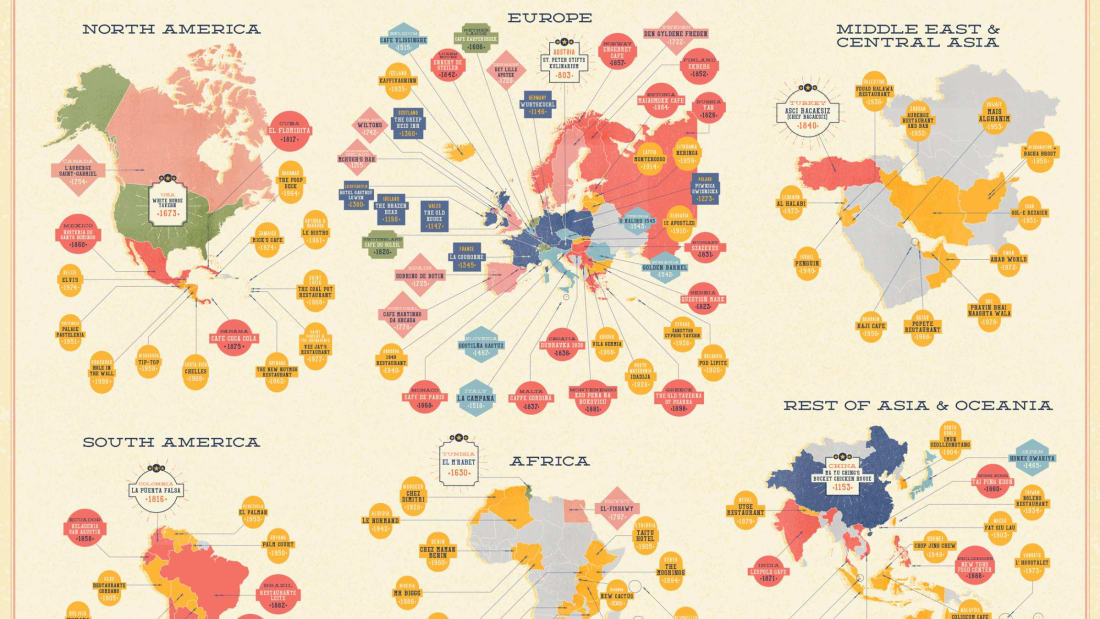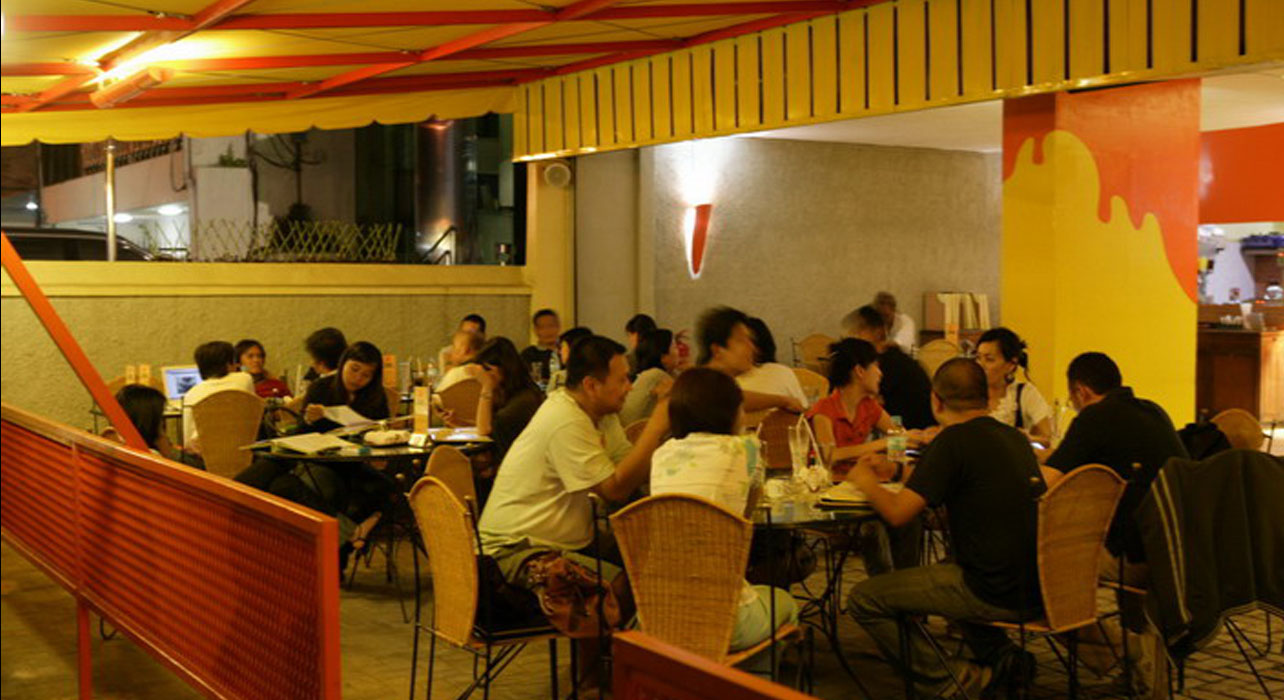OLD, OLDER, OLDEST: WHEN THE YOUTH CULTURE DOESN’T CUT IT
There is a degree of annoyance and disappointment in dealing with the “youth culture” which the Globalists have been ruthlessly promoting since the early part of the Twentieth Century. And once the FMCG gang carjacked the bandwagon it roared forward:

We are so inculcated with it that no one even remarks any more on what silly, insidious propaganda it is. And while the United States of America may be fingered with the blame for youth-obsession, corporate global consumerist culture has made sure that everybody in the world will look, smell and taste like a teenybopper if they just buy their stupid product.
Times change:

It’s really shamefully easy to make fun of young people, because the young by definition are innocent (translates to = ignorant, naïve, blundering, uncertain, flighty, shallow).
So how to define “youth culture”? Try this:
The emergence of this thing called “youth culture” is a distinctly 20th-century phenomenon; the collision of increased standards of living, more leisure time, the explosion of post-war consumer culture and wider psychological research into adolescents all contributed to the formation of this new social category defined by age. Previously, the rite of passage between childhood and adult life had not been so clearly demarcated -this is not to say that young adults didn’t have their own activities before the invention of Brylcreem and crepe soles (youth gangs were common in Victorian Britain, for example) but it hadn’t before been defined or packaged as a culture.
Once “invented”, the “youth culture” provoked a variety of often contradictory responses: youth was dangerous, misunderstood, the future, a new consumer group. British post-war youth culture emerged primarily in response to the American popular culture centred on rock ‘n’ roll. The 1955 film Blackboard Jungle, with its soundtrack featuring Bill Haley And The Comets’ Rock Around The Clock, was a defining moment, inspiring people to dance in the aisles (and some to slash seats). The fear was not only of hoodlums but also of the creeping Americanisation of British culture.
Sociologists, historians, “community leaders” <snicker> all struggle to make sense of our rapidly accelerating technology, a world in flux with values unlike those of our respected and aged forebears (“A Black boss?” “Women wearing pants?” “Not killing or at least imprisoning homosexuals?” “Women driving cars, flying airplanes?” “Teen-age millionaires?” “Never intending to get married??”)
As men age, they can grow in stature and grandeur – politics, medicine, academia all tend to respect older men. Women, however, present a problem: getting older presents an awkward reminder of mortality; they lose their sexual allure, and melt away into the background or become invisible. Such is the “obsession with youth”.
Timeline
1929 Borstals open as special prisons for adolescents.
1947 School-leaving age raised to 15.
1953 The Wild One, starring Marlon Brando. (‘What’re you rebelling against?’ Brando replies: ‘What’ve you got?’) First reportings of teds in the UK media.
1957 Elvis scores his first UK number 1 with ‘All Shook Up’. First UK youth TV broadcast, Six-Five Special, on national TV.
1959 Mark Abrams’s The Teenage Consumer outlines the potential of youth as a new consumer group.
1967 Radio 1 launched.
1971 Misuse of Drugs Act.
1977 The Sex Pistols’ God Save The Queen charts at number two in Silver Jubilee week.
1981 Inner-city youth/race riots in Brixton and Toxteth.
1989 First recorded UK ecstasy-related death: Clare Leighton in Manchester’s Hacienda club.
1994 Criminal Justice Act targets travellers, festivals and raves.
Arbitrary? Certainly. Out of touch? Ask any member of Gen X/Y/Z about the others and you’ll get an earful.

Youth culture does not necessarily extend to the books we read … the music we listen to …

or the places we visit …

But how about food? Much of the world is obsessed with fads. Fads come and go …

… while many adore the convenience, cheapness and popularity of the grease pits known as “fast food” emporia …

Fatty Patty approves:

…and her dear little brother Tubby Timmy chimes in: “More sugar! More salt! Gimme da grease!”

The fact is that our world is awash in lousy, poor-quality, unhealthy foods – and consumers adore them.
But what about the really classic eateries – the ones that have survived changing fashions? What about … the oldest restaurants in the world?

Now you, dear reader’n’eater, may be thinking “Why should I be interested in an ancient place to gnosh?” The answer is that they don’t survive centuries by serving poor eats.
New trendy restaurants pop up all the time, but there’s something extra-special about sitting down in a place that’s been around for a century or two. St. Peter Stiftskulinarium in Salzburg, Austria, has been around for more than 12.
Founded in 803, it’s the oldest operating restaurant in the world, according to a survey by online lender NetCredit. The second oldest, Wurtskuchl (or Sausage Kitchen) in Regensburg, Germany, didn’t enter the global eatery scene until a few hundred years later, in 1146. Of the top 10, Europe boasts an impressive eight entries, including Scotland’s Sheep Heid Inn, France’s La Couronne, and Wales’s aptly named The Old House. The fourth-place finisher, Ma Yu Ching’s Bucket Chicken House in Kaifeng, China, opened its doors in 1153; and Japan’s Honke Owariya, which began as a confectionery shop in 1465 before shifting its focus to soba, is in the ninth spot.

While it is true that the USA is a relatively young nation, less than two hundred fifty years old, it has a number of historical places to eat, drink and admire surroundings. It’s not just the food: décor, furnishings & fittings, location – all contribute to the mood of the food.

Back home in Jakarta there is YaUdah Bistro, already several decades in business which by Indonesian standards is quite a long time (considering how 80% of restaurants go belly-up within a year of opening, worldwide). Slow food, expertly crafted by professional chefs, real masters of the kitchen, who care.

Fine Euro-Asian cuisine with a selection of foam and firewater to wash it all down with. We are open for business once again, in Serpong and Menteng, at our customary extended hours, without giving up on our speedy, efficient takeaway / delivery service either. Excellent fare in a friendly, polite atmosphere. A “New Normal” protocol, of course, in tune with the times: perfect hygiene, masks and distancing, and the brilliant amazons who wait your table sterilizing everything but the customers. (Only a few customers want to be sterile, apparently.)



